WHY ARE MOTHS AND BRIGHT LIGHTS INSEPARABLE?
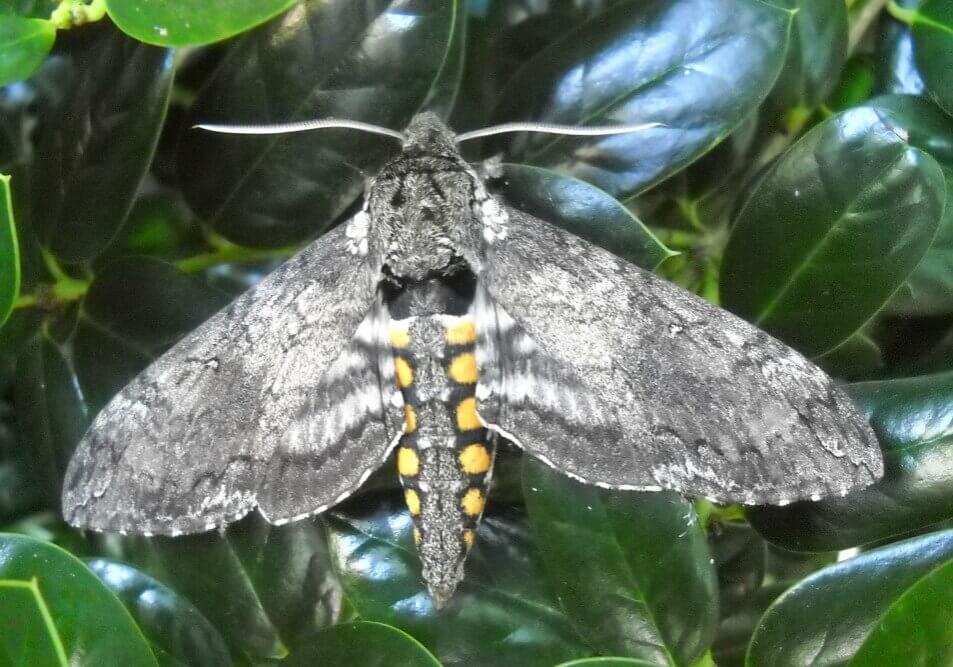
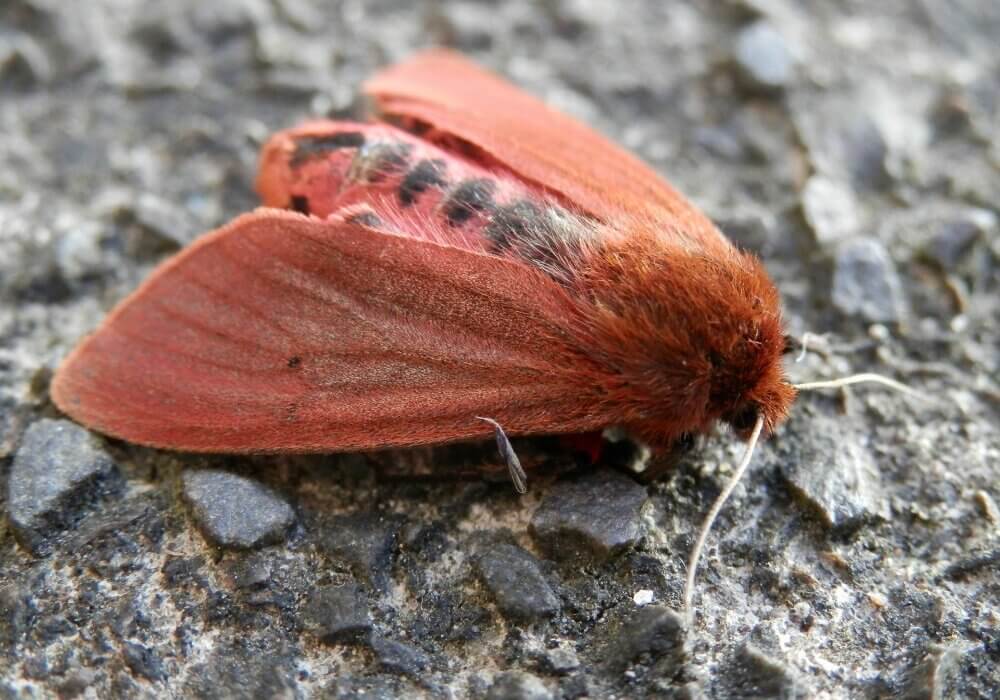
Moths will go round and round bright lights until morning or when they drop. They seem oblivious to the presence of predators such as geckos. Even the heat of the bulb does not deter them. The moths can stay near a bright light for days until it dies, instead of looking for food or finding a mate.
It is not only moths that are attracted to bright lights. Other nocturnal insects such as grasshoppers and beetles behave similarly. In the end, they make a good breakfast for geckos, seagulls, and other birds.
Transverse navigation
Jeff Smith, the curator of the moth collection at the Bohart Museum of Entomology, explains that moths are attracted to lights for guidance as they fly. The light source has to at a specific position to their body to be able to navigate.
At night moths are confused by the presence of bright lights. Bright lights are like artificial moons that disorient moths. The angle of the light source changes all the time as the moth flies by, confusing it.
The moon is not as bright as artificial light. The eyes of moths overreact to artificial light because they respond better to faint light. Bright light irresistibly attracts them. If it is a campfire, the moth ends up dead, after it nosedives into the middle of the fire.
The debate why moths prefer bright lights to life is far from over. Most researchers agree that migratory insects navigate by maintaining a constant angle to a distant light source such as the moon. The behavior is called transverse navigation.
However, some entomologists doubt that moths depend on transverse navigation to fly around. They reason that if that were the case, campfires, which have been around for 400 years, would have adversely affected the survival of moths.
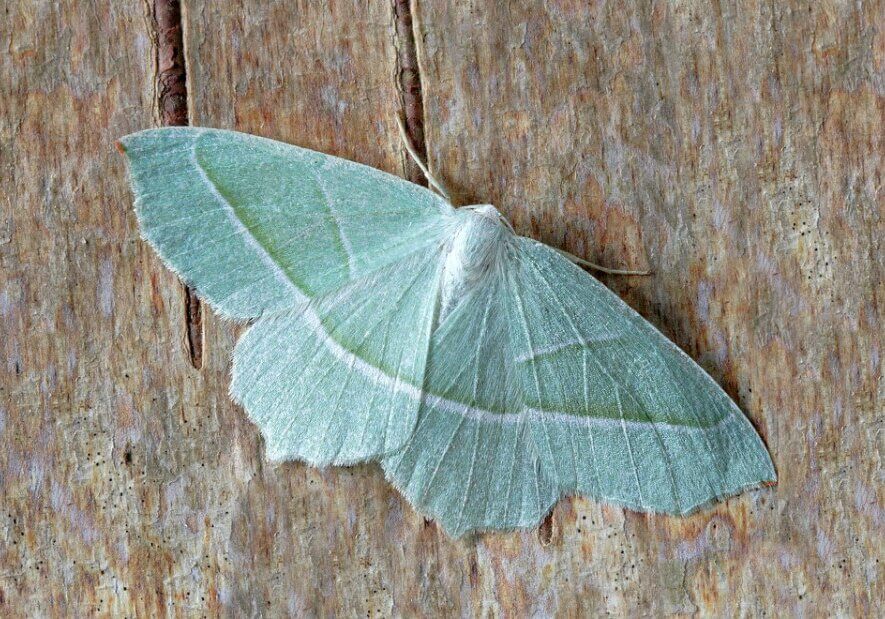
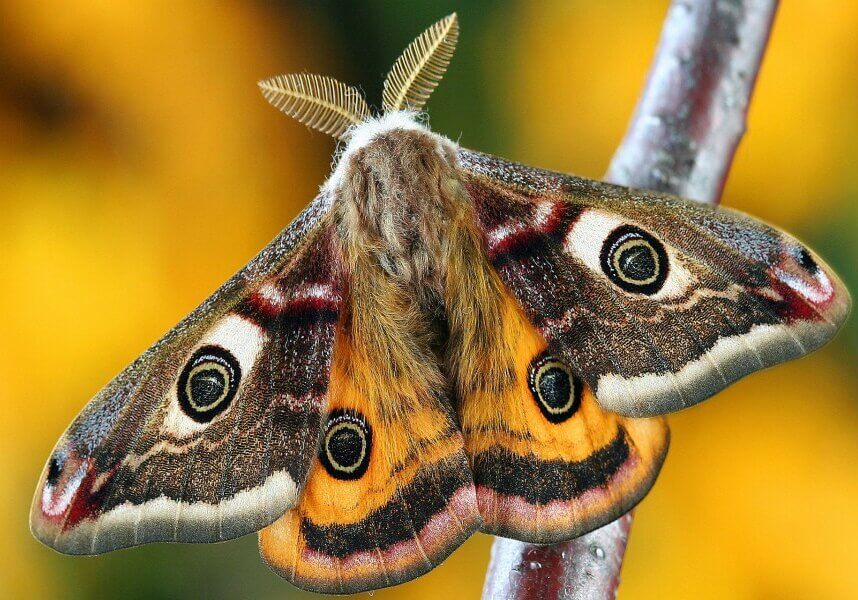
Luminescent pheromones
An alternative theory was put forward in the 1970s by Philip Callahan, an entomologist working with the U.S. Department of Agriculture at the time. He observed that candlelight emitted infrared light that contained frequencies that can grow faintly (luminescent). The infrared wavelengths are similar to pheromones produced by female moths.
Simply put, the male moths mistake bright light to be females. They died attempting to mate with a bright light or a candle flame. However, the theory has its shortcomings. Moths and other insects are attracted to ultraviolet light, which does not contain the growing sex pheromones.
The reason why moths are attracted to bright light is still a mystery.
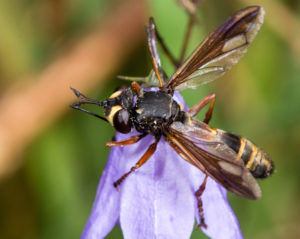
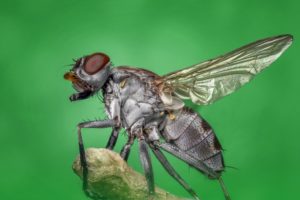



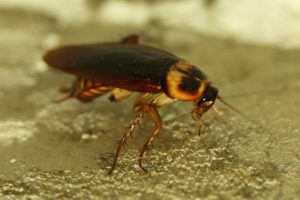



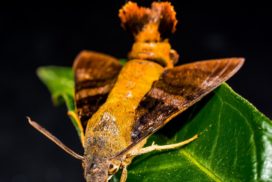
Hello! I’m at work surfing around your blog from my new iphone 4! Just wanted to say I love reading your blog and look forward to all your posts! Carry on the great work!